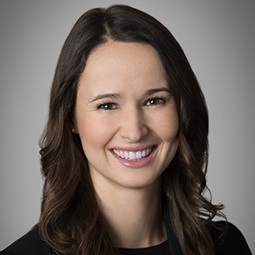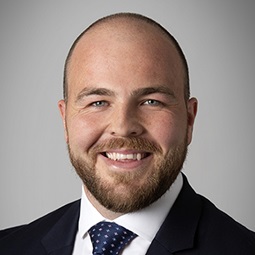On 18 June 2021, the Supreme Court handed down judgment in two appeals – Manchester Building Society v Grant Thornton LLP (concerning expert accountants) and Khan v Meadows (concerning medical experts) – in each case seeking to provide some much needed clarity on the scope of duty owed by, and the extent of liability of, professional advisers in connection with the tort of negligence.
In Manchester, the Manchester Building Society (“MBS”) claimed that Grant Thornton UK LLP, acting as its auditor, (“GT”) had negligently advised that it could use an accounting practice known as ‘hedge accounting’. In reliance on that advice, MBS entered into various interest rate swap contracts as a hedge against the cost of borrowing money to fund its lifetime mortgage business. However, following the 2008 financial crisis, when interest rates fell, the value of MBS’ swap contracts become negative. When GT’s negligence was realised and MBS ceased to apply hedge accounting, the swaps ceased being classified as an ‘asset’ on MBS’ balance sheet and instead became liabilities. As a result, MBS was forced to close out their swap positions early and incur losses (including associated costs and fees) of £32.7m. MBS sought to recover these losses by way of damages for professional negligence.
Over the last 25 years, professional negligence cases were predominantly decided by applying the SAAMCO principle1, which requires a claimant to establish that its loss fell within the scope of the duty owed by the defendant. In doing so, the courts focus upon determining whether the defendant was providing information or giving advice, before asking, in a counterfactual scenario, whether the claimed loss would have been suffered if the information provided by the defendant had been correct (referred to as the ‘SAAMCO cap’).
In the present case, a specially constituted panel of seven Supreme Court Justices found in MBS’ favour, whilst seeking to realign the increasingly uncertain SAAMCO principle2. The majority held that the scope of the duty of care should be determined by reference to the purpose of the duty owed, by identifying what risk(s) the engagement was supposed to guard against and then whether the loss suffered represented the fruition of that risk. Whilst the counterfactual test and “SAAMCO cap” could sometimes be useful cross-checking tools, the Supreme Court emphasised that they should remain subordinate to the purpose analysis3. Importantly, the claimant should be placed in the same financial position as it would have been had the advice been correct.
By its judgment, the Supreme Court recognised that many cases do not fall within the previous “advice” v “information” distinction popularised by SAAMCO, which it criticised as too rigid and uncertain. The Court’s recent approach is therefore intended to be more fluid and more readily applicable to the majority of cases. Whilst this revised approach does appear to be an improvement, in practice we expect that it may still be inconsistently applied given the practical difficulty in many cases (and especially in more complicated matters) in ascertaining the precise purpose of the engagement and the various risks to be covered in each case. As such, it is of critical importance that advisers continue to ensure that they have in place written terms and conditions of engagement (including a clear, precise and defined scope of work), which are updated as and when new issues arise. In that way, it should be clear to all parties at all times what, precisely, is being asked of the professional adviser in each case.
Contributor(s)


Editor European Disputes Blog










